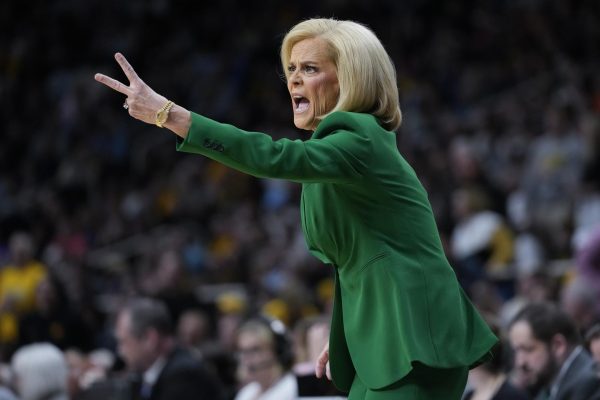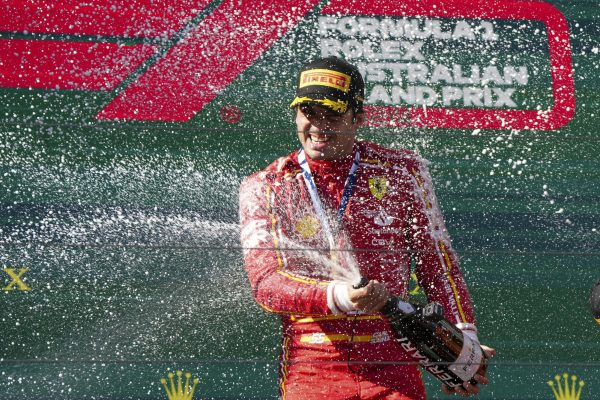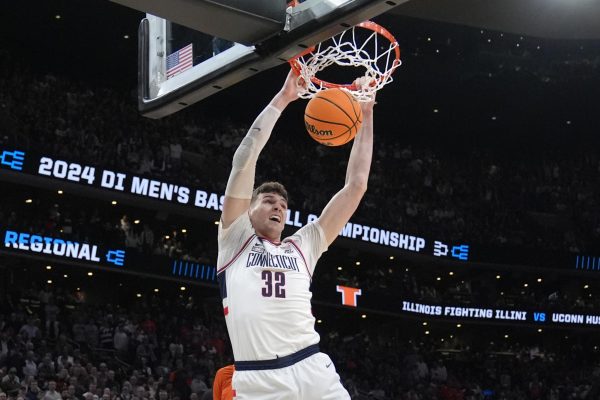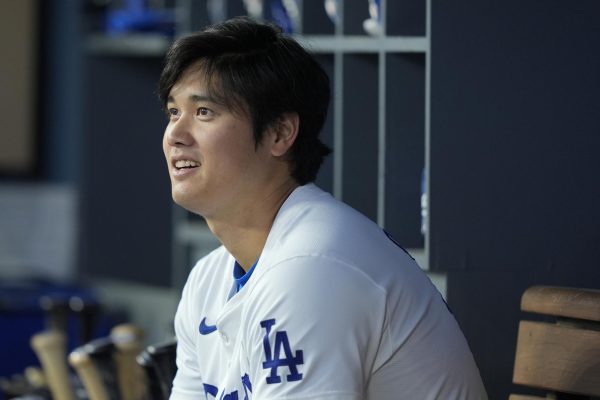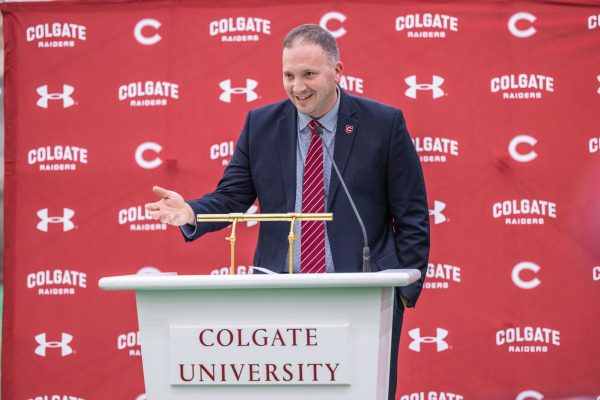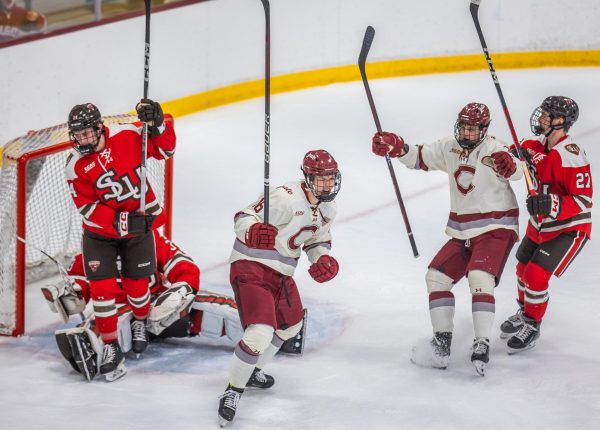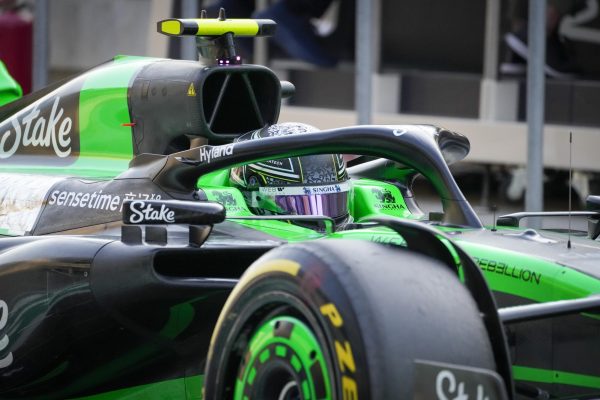League of Legends World Tournament Shows Maturation in Esports Industry
This year’s League of Legends (LoL) World Championship tournament concluded Saturday, November 3 with Chinese esports organization Invictus Gaming sweeping European fan favorite organization Fnatic and earning the $2,250,000 prize pool. The best-of-five series finals were played in Munhak Stadium in Incheon, South Korea in front of a crowd of 50,000; online, concurrent viewership reached over 200 million, with the majority of views coming from China.
Colloquially known as “Worlds,” this tournament, in its eighth year, is the pinnacle of esports programming. Each year, Riot Games, the developer of League of Leg- ends and organizer of its professional scene in the United States and Europe, sources the biggest stadiums and premier entertainment for the tournament. For example, the Season 4 Worlds Finals hosted Imagine Dragons to perform in the Seoul World Cup Stadium. Season 6 had matches played in Madison Square Garden in New York and the Staples Center in Los Angeles, and Season 7’s Finals were played in Beijing’s famous National Stadium, commonly known as the Bird’s Nest. Next year’s tournament is set to conclude in Paris, France.
For those unfamiliar with League of Legends’ history, it was released in 2009. It was launched early on in the emerging Multiplayer Online Battle Arena (MOBA) genre of video gaming. The genre originated from Defense of the Ancients (DOTA), a World of Warcraft mod that eventually became its own title and popular esport.
As for the game itself, LoL has two teams of five players duke it out on Summoner’s Rift, with each player controlling a champion drafted from a pool of 137 before the match starts. Players typically specialize in one of the specific roles needed on each team of five and, therefore, play champions whose unique abilities make them most fit that role.
The tournament pits 16 teams from leagues around the world against each other to com- pete for the right to raise the coveted Summoner’s Cup. Teams are split into groups of four for the Group Stage, then compete in a three round single-elimination Knockout Stage, not unlike the renowned FIFA World Cup. The five major regional leagues include the EULCS (Europe), NALCS (North America), LCK (South Korea), LPL (China) and LMS (Taiwan). Three seeds are sent from each, with the remaining slot awarded to the winner of the Play-In stage, which is comprised of minor regional leagues such as those in Turkey, Brazil and Oceania.
Since its server launch in 2011, South Korea has dominated the professional LoL scene. With the exception of Season 2, and now 8, the LCK has won every Worlds.
Led by Lee “Faker” Sang-hyeok, SK Telecom has a towering legacy in the esport. The team out of South Korea is an esports powerhouse. Known by his e-name Faker, Sang-hyeok has been a beacon of SKT and the LCK, but recently, his and his region’s performance has been slumping. They failed to reach the semifinals this year.
The western leagues had three representatives in the semifinals between NA’s Cloud9, and EU’s G2 Esports and Fnatic, but the LPL Invictus Gaming representative took the throne from Korea.
Unlike the Massive Multiplayer Online Role-Playing Game genre (including games like World of Warcraft and Runescape), stats and experience reset between matches, meaning that every player begins on an equal playing field. Matches are won by mechanics and strategy, not farmed or bought character enhancements.
A match ends when one team infiltrates the other’s base and destroys their Nexus; matches, on average, last about 35 minutes.
League of Legends’ popularity as a video game comes from a simple fact that separates it from competition: it’s completely free to play, relying on cosmetic micro-transactions as its primary stream of revenue.
At the time of its founding in 2009, most other games had an up front cost or a monthly subscription fee. If a game was free, it was commonly monetized through the pay-to-win mod- el. However, the LoL’s quick success silenced the critics and other games have since followed its model, most notably Epic Games’ Fortnite.
In fact, Fortnite and LoL’s viral success can be attributed to two main factors: capitalizing on a new game genre and being free to play. As soon as the first Battle Royal games, such as PlayerUnkown’s Battlegrounds, were released, Epic Games was quick to develop their own version. Along with cross-platform play and a cosmetic store that aggressively emulates pop-culture references, Fortnite gained a large share of the gaming market.
Now, Epic Games is turning its focus and wallet toward esports, allocating $100,000,000 of prize pool money for the first year of competitive play.
For LoL, however, the professional scene was created by Riot as a marketing tool and operates under a loss. But, as more investors enter the esports space, the scene is now focusing on long-term sustainability.
To do so, Riot increased the minimum player salary to $75,000 (notably, many players make even more through sponsorships and ad revenue from streaming on Twitch). Furthermore, a players’ association, much like that of the NBA or NFL, was established to give players more agency in their work. The esports maturation is demonstrated best, however, by the transition to a franchised league for the NALCS as opposed to tiered leagues with relegation and promotions between.
Both the Overwatch League and LoL’s NALCS made the big decision to franchise this year, hoping to secure more investors and ensure a team would not leave the league. For the NALCS, 10 teams were selected from over 100 applications submitted. Teams ranged from those which already existed to traditional sports organizations and venture capitalists. A buy-in fee of $10,000,000 was required by Riot to create an initial capital pool.
Interestingly, many NBA owners have invested in esports. Basketball has the youngest demographic of the four major U.S. sports, so it is unsurprising that the NBA is tapping into the young gaming market. In NALCS’s first year of franchising, endemic esports brands (such as Cloud9, Team Solo Mid and Optic Gaming) were joined by the Golden State Warriors’ Golden Guardians, Houston Rockets’ Clutch Gaming and Cleveland Cavaliers’ 100 Thieves.
During this offseason, more investments have been announced. Basketball legend and owner of the Charlotte Hornets, Michael Jordan has invested in the NALCS 2018 Champion team Liquid’s parent company, aXiomatic. Rapper Drake and entertainment executive Scooter Braun invested in the Worlds participant and streetwear-focused 100 Thieves.
Furthermore, Cloud9 just completed a $50 million Series B funding round, with plans to create a 30,000 square foot esports studio in Los Angeles to host their personnel and training facilities.
Because the NALCS franchising has proven so lucrative, Riot has decided to go against the European sports norms and to franchise the EULCS as well. A similar application process has started, with esports organizations such as Fnatic and Astralis confirmed to enter.
Hopefully the western leagues will be able to utilize the influx of cash to develop improved training tactics, increase talent scouting and create more competitive leagues on a smaller scale to increase the competitive- ness and allure on the world stage. With the 2019 season starting in January, tune in to see if these developments will pay off.
Contact Charlie Huemmler at [email protected].


